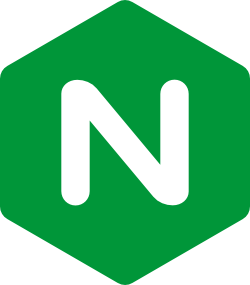

Fixing that meant changing Ubuntu Core’s writable files from another operating system. The first time I set it up, I realized I had a bunch of obsolete SSH keys in my account and I had no way to reach the system from the laptop I was using. As someone who obsesses over loose threads, I’m finding this all very satisfying.Īlthough, with that in mind, one important thing: if you haven’t played with Ubuntu for a while, head over to and make sure your SSH keys are up to date. Chances are you won’t need to SSH to the system anyway since it keeps itself up to date.

In fact, you’re pretty much forced to: you don’t even get a login prompt. You can bury the thing somewhere and SSH to it from now on. There’s a simple setup process (configure networking, log in to your Ubuntu One account), and that’s it.
#NEXTCLOUD SYNCTHING HOW TO#
Now that I figured out how to run it, I’ve been enjoying how this system is designed to minimize the time you need to spend with your device connected to a screen and keyboard like some kind of savage. (I didn’t feel like switching around SATA cables in my desktop, so I needed to write a different OS to a flash drive, boot from that on the NUC, transfer the Ubuntu Core image to there, then dd that image to the SSD. It’s easier if you do this while the drive is connected to another computer.
#NEXTCLOUD SYNCTHING INSTALL#
Installing it is a bit surprising for the uninitiated because there isn’t really an install process: you just clone the image to the drive you want to boot from and you’re done. I installed Ubuntu Core 16, which is delightful. My only real complaint is the wifi hardware doesn’t work with older Linux kernels, but that wasn’t a big deal for my needs and I’m sure it will work in the future. It’s tiny, it’s quiet, and it looks okay too! (Just find somewhere to hide the power brick). In the end, I picked out an Intel NUC, and I threw in an old SSD and a stick of RAM:
#NEXTCLOUD SYNCTHING FREE#
And besides, I like having a BeagleBoard free to mess around with now and then.

I decided against both of those, because I wanted something with a bit more wiggle room. I dabbled with a BeagleBoard that I used for an embedded systems course, and I pondered a Raspberry Pi with a case.


 0 kommentar(er)
0 kommentar(er)
